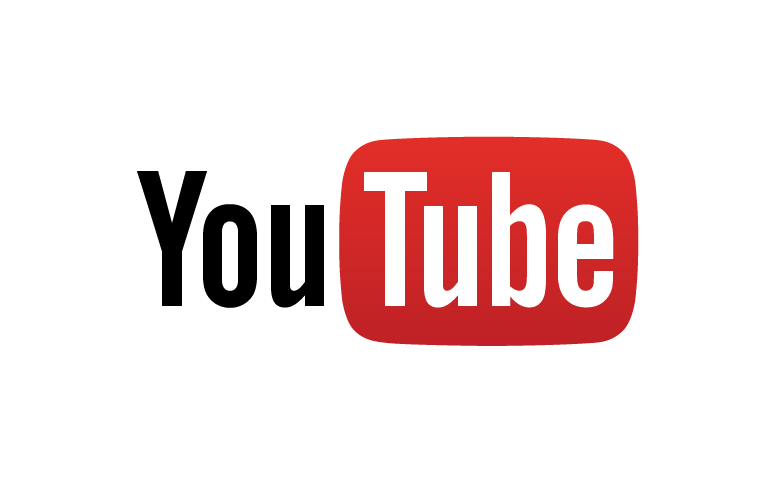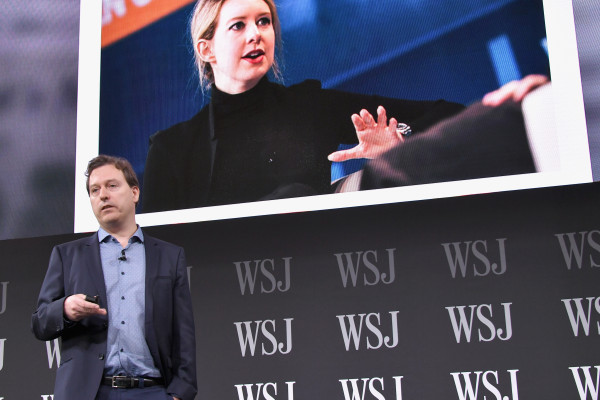YouTube is making it harder for channels to receive a verification badge indicating their authenticity — and the program’s new requirements mean that some channels won’t be eligible for verification.
Like other internet platforms, YouTube indicates to viewers that specific channels are officially run by the creator, artist, celebrity or company they represent with an icon, usually a check mark. Under its current eligibility requirements, channels with more than 100,000 subscribers can be verified regardless of need for proof of authenticity.
That will change starting in late October, when YouTube will shift to verifying “prominent” channels that have “a clear need for proof of authenticity,” product manager Jonathan McPhie wrote in a blog post about the change.
Among those affected by YouTube’s changes is Swedish YouTube star Felix Kjellberg, better known as PewDiePie, who recently became the first YouTuber to claim 100 million subscribers. PewDiePie’s verification badge has been removed from his channel on YouTube’s mobile application, but remains on the desktop version of YouTube.
YouTube’s previous verification policy “worked well when YouTube was smaller, but as YouTube has grown and the ecosystem has become more complex, we needed a new way to verify the identity of channels and help users find the official channel they’re looking for,” McPhie said.
As a result of the new policy, some channels that already have the verification badge will no longer meet the criteria to be verified, YouTube says in a notice in its help center. There’s no process to request channel verification. According to YouTube, channel owners who have been notified that they don’t qualify anymore for certification will be able to appeal the decision.
YouTube’s new verification process encompasses several factors. Those include confirming whether a channel really belongs to the creator, artist, public figure or company it claims to represent; whether the channel represents a well-known or highly searched creator, artist, public figure or company; and whether it’s a popular channel that has a very similar name to many other channels.
YouTube provides different pointers for owners of non-verified channels to help distinguish their channels. Those include: using a unique channel name; using a high-quality image for the channel icon “to make your channel look professional in search results”; and customizing channel art and layout for a personalized look. Meanwhile, creators who believe that another YouTube channel is impersonating them can report it at this link.
In addition to the new verification process, YouTube will roll out a “new look” for the verification badges next month, which it says will be displayed more consistently across the service (including on mobile apps) and will be harder to fake. “Through our research, we found that viewers often associated the check mark with an endorsement of content, not identity,” McPhie explained.
Currently, verified channels have a check mark next to their channel name. The new verification badge will replace that, as well as the existing music note on YouTube’s official artist channels.










